8 Jobs That Will Be Replaced by Robots Soon
The fear of machines taking our jobs dates back hundreds of years, to the Luddites of England, who fought mechanical weaving tools in the early 19th century.

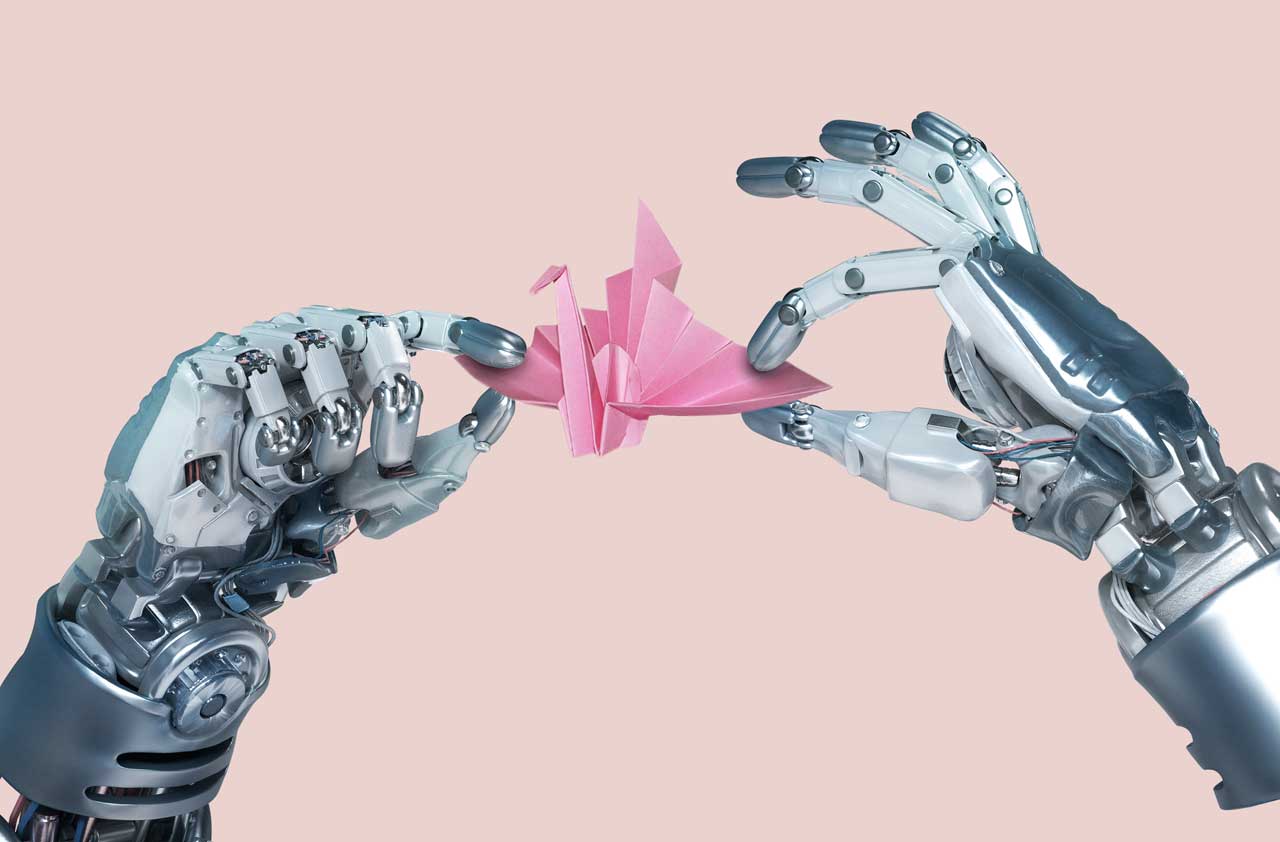
The fear of machines taking our jobs dates back hundreds of years, to the Luddites of England, who fought mechanical weaving tools in the early 19th century. But it has gotten new life as the combination of big data, improved algorithms, and raw computing power has rapidly accelerated artificial intelligence (AI).
Some jobs, such as top levels of management, doctors and many teachers, will feel limited effect from AI and the robots and systems it powers. Many of us in the middle will see some of our tasks automated: A study by the McKinsey Global Institute, a think tank, estimates that "60 percent of occupations have at least 30 percent of constituent work activities that could be automated." And for some, the writing is on the wall: The robots will take over.
Most (but not all) of these jobs have repetitive functions and a fairly controlled environment. Many (but not all) don't pay well. Will you still be able to find a human at the wheel of a taxi in 2040? Probably; after all, you can still get your typewriter repaired today.
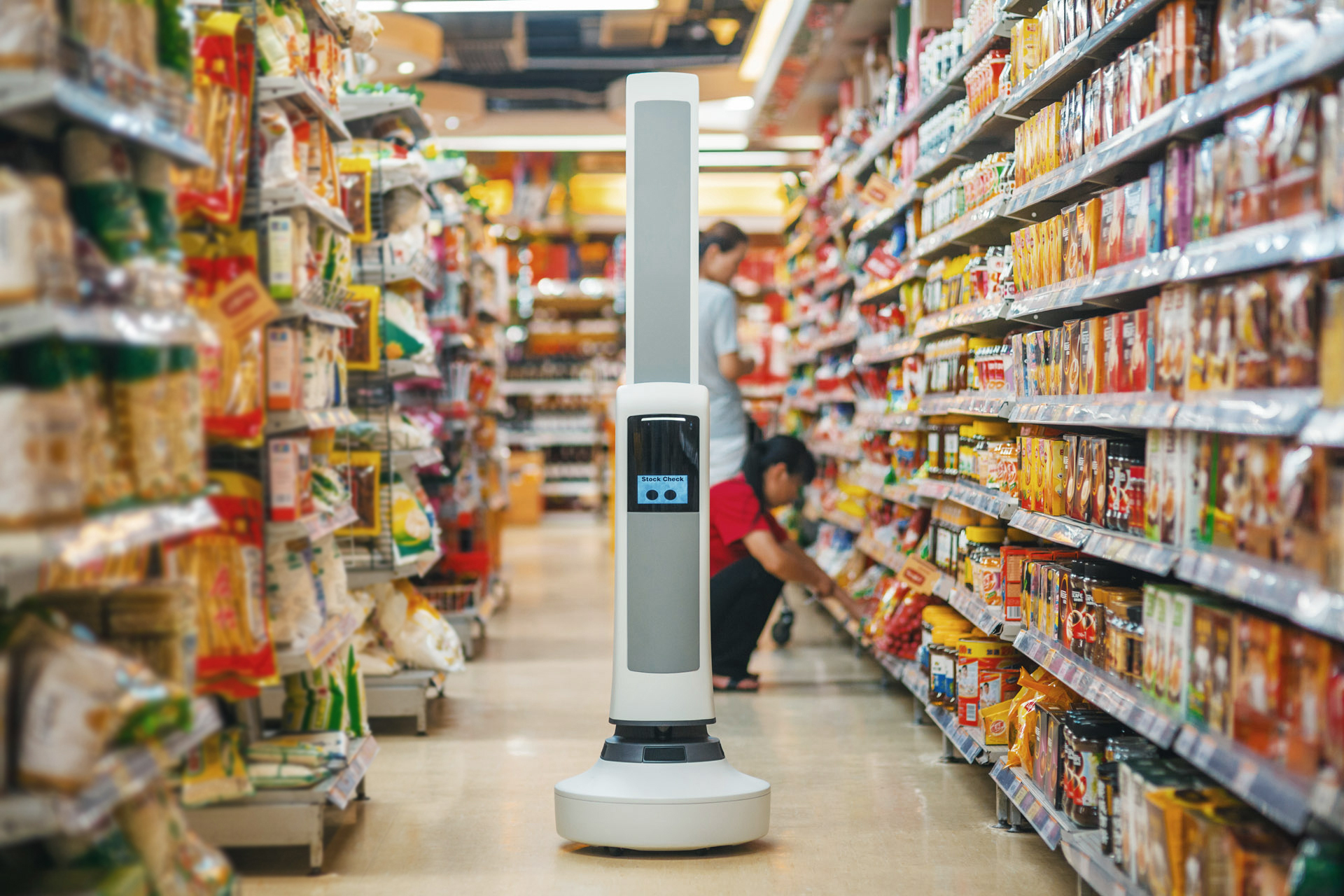
Store Clerk
What are the main responsibilities of a shopkeeper? Keep track of the inventory, collect payment and answer questions (with the goal of making sales).
As any supermarket shopper knows, employees are already vanishing from the checkout process as stores turn that responsibility over to the consumers themselves. The Amazon Go store in Seattle (no checkouts, no lines – the Amazon app and in-store sensors handle it all) is an extreme vision of where we’re headed.
Devices that move around, handling goods and fielding questions, are also coming. Tally, from Simbe Robotics, performs the repetitive and laborious tasks of auditing for out-of-stock items, low-stock items, misplaced items, and pricing errors. It can work with stores’ existing layouts, and the device can move alongside customers during shopping hours. Oh, and folding clothes and returning them to neat stacks? The robots will handle that, too, eventually.
The hardest part of the retail job for robots to replace will be the human interaction – "What can I help you find today?" But here, too, companies are making inroads. In Japan, arguably the home of humanoid robot development, SoftBank Robotics has sold thousands of its Pepper robots. They can gesture and interact verbally, and the company claims that they can interpret human emotions. Stateside, a few are in testing by the Mall of America in Minneapolis.

Data Analyst
The Pepper and Tally robots are what many people think of as "real" robots -- capable of autonomous physical actions in the same environments as people.
But when it comes to job displacement by artificial intelligence, some of the most vulnerable positions require nothing more physical than keystrokes. If a robot can learn what's supposed to be in the aisles of a store (and what to do when something's out of place), then looking at gobs of financial data to see what's normal and what's out of place is easy.
Getting reports ready for a corporate filing, for example? Software products such as Automation Anywhere, Datamatics and Blue Prism can automate a range of clerical work. The systems can be trained by "watching" a human copy data from an Excel file and paste it into another data software tool. Then there's the analysis. Products such as PricewaterhouseCooper's Halo, for example, can process all of a firm's data to look for anomalies, rather than relying on a sample audit.
Humans will still be involved in training the bots and in and the highest levels of analysis, but the rote work -- copying and pasting, sorting and reordering -- will be gone.
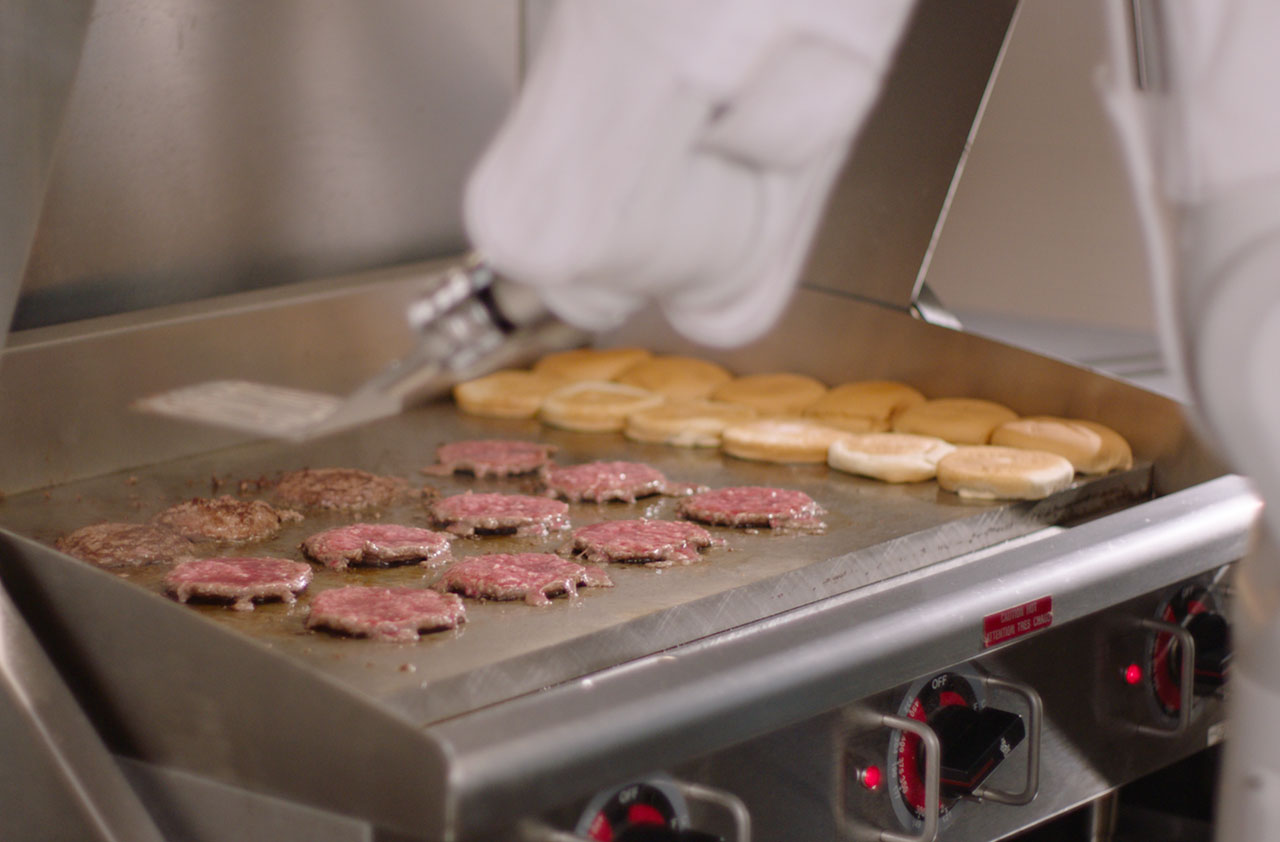
Fast-Food Worker
At the front counter, kiosks are replacing staff -- this is already widespread at Panera and McDonald’s, for example. With access to big data on consumer behavior, as well as local conditions (weather’s hot? Push the iced drinks), they can upsell more effectively than someone muttering "Do you want fries with that?"
Similarly, mobile-ordering apps are threatening the job of the person on the other end of the drive-through. But robots will move into the kitchen as well, as fast-food firms respond to rising minimum wages (and worker shortages) by investing in automation to do prep work, cook and clean.
A preview of how robots might send short-order cooks packing is playing out at at the CaliBurger in Pasadena, Calif., where "Flippy," a robot arm, is turning out hundreds of burgers each lunch shift. Flippy was developed by Miso Robots of Pasadena, and its funders include Cali Group (the burger chain’s parents), which expects to roll out Flippies at more than 50 CaliBurger locations by the end of 2019.
Another vision of the culinary future is in downtown Boston, around the corner from the statehouse, where four MIT-trained engineers have developed what they say is the "world’s first restaurant featuring a robotic kitchen that cooks complex meals." The menu at Spyce, developed with input from chef Daniel Boulud, features bowls with chopped ingredients. Seven robotic woks combine and cook prepared ingredients for each order; a human, called the "garde manger," adds cold garnishes and handles quality control.
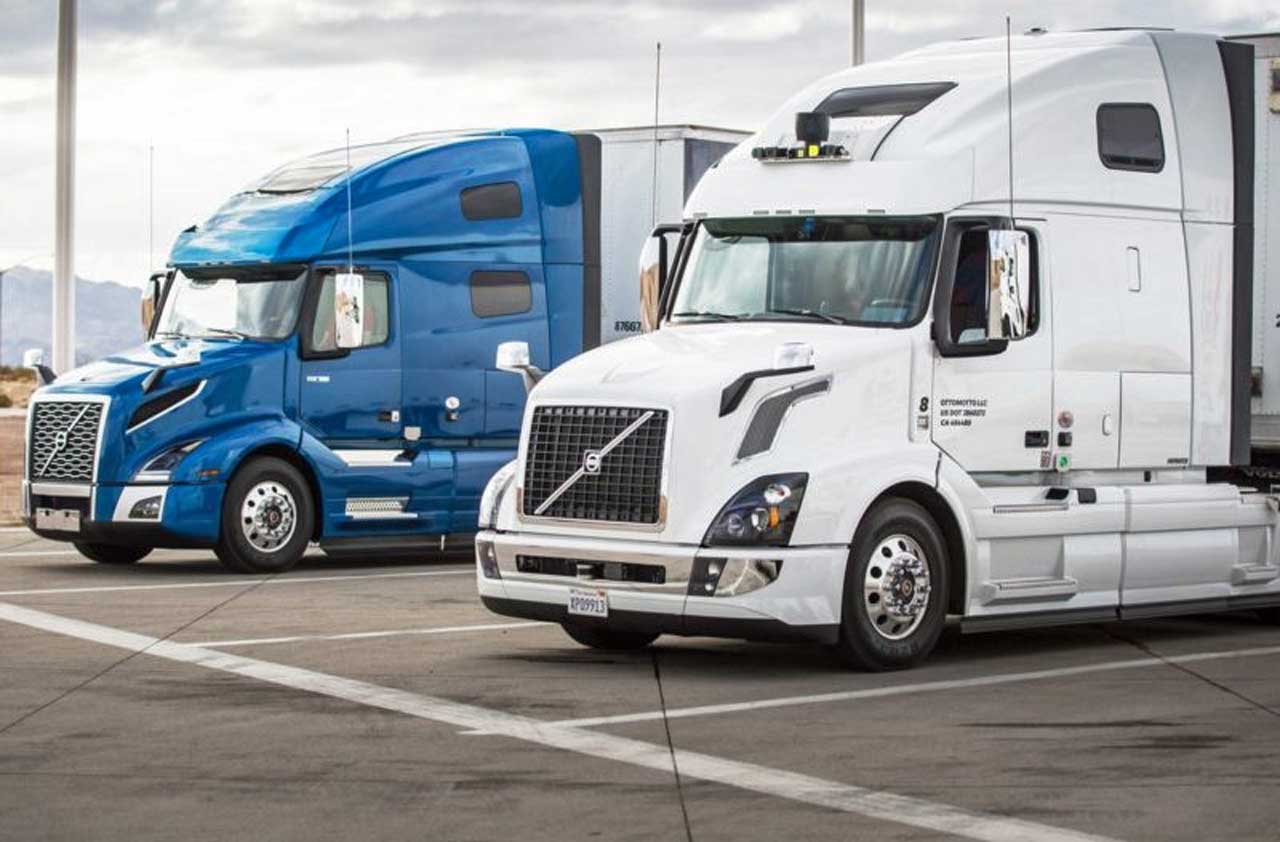
Truck Drivers
Autonomous cars get lots of buzz from the prospect of eliminating the drudgery of commuting and improving safety for individual drivers. But autonomy has huge appeal to industries that pay people to drive, trucking first among them. That's not just because of the cost savings; currently, there's a shortage of human truckers. As many who’ve taken the wheel of a big rig will tell you, it’s a tough job with so-so pay.
In testimony to Congress, Chris Spear, president and CEO of the American Trucking Associations, put the current shortage at 50,000 drivers. "If these trends continue," he said, "the shortage could hit over 150,000 in a decade. And as the shortage becomes more acute, it will begin to affect the ability of goods to be delivered on time, which is becoming more important in today’s on-demand economy."
A number of pilot programs are in place (with a human providing backup), including a program hauling Frigidaires along I-10 in Texas, led by a company called Embark. One potential intermediate step: "platooning," in which a lead truck driven by a human is followed by a series of driverless ones. That saves not just on drivers' salaries, but on fuel, because the driverless trucks can tuck in close behind the lead vehicle to draft, like race cars.
But the biggest gains in taking the human out of the picture will come in that on-time efficiency Spear speaks of, because human truck drivers are limited to about 10 hours at the wheel per day. A driverless truck could cut a cross-country run from about five days to two.
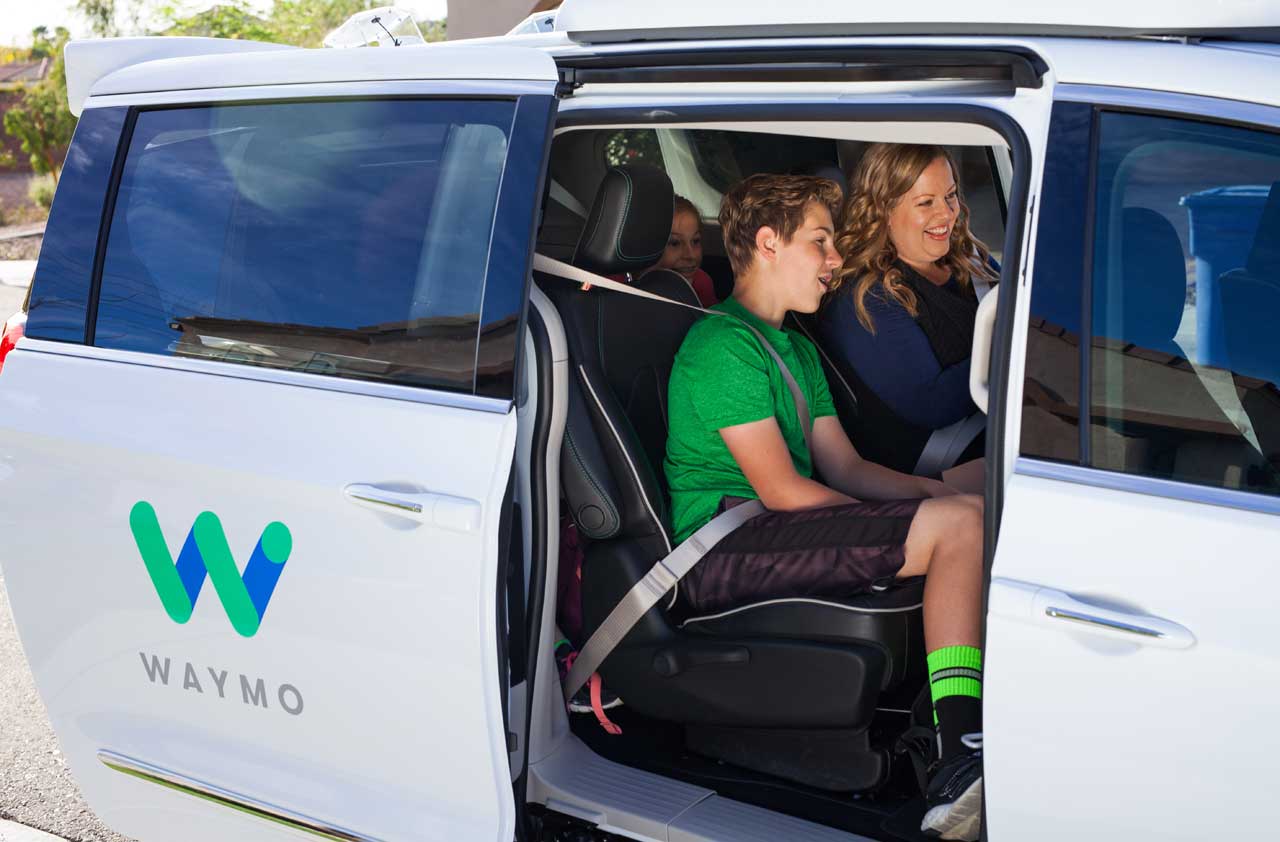
Livery Drivers
Notice how Uber, Lyft and others turned the taxi business upside down? Their interest in disruption (and profit) mean these companies are among the most interested in letting the robot take the wheel when the cargo is humans.
A recent fatal collision between an Uber autonomous vehicle and a pedestrian is a setback for sure, but there is a huge amount of money and talent behind this effort. In addition to Uber and Lyft, Waymo (backed by Google), Cruise (backed by GM), Intel and others are among those deeply invested in taking the human out of the loop.
Waymo looks to be in the lead to bring an actual product to market. The firm is recruiting passengers in a number of Phoenix suburbs to join its pilot program in 2018.
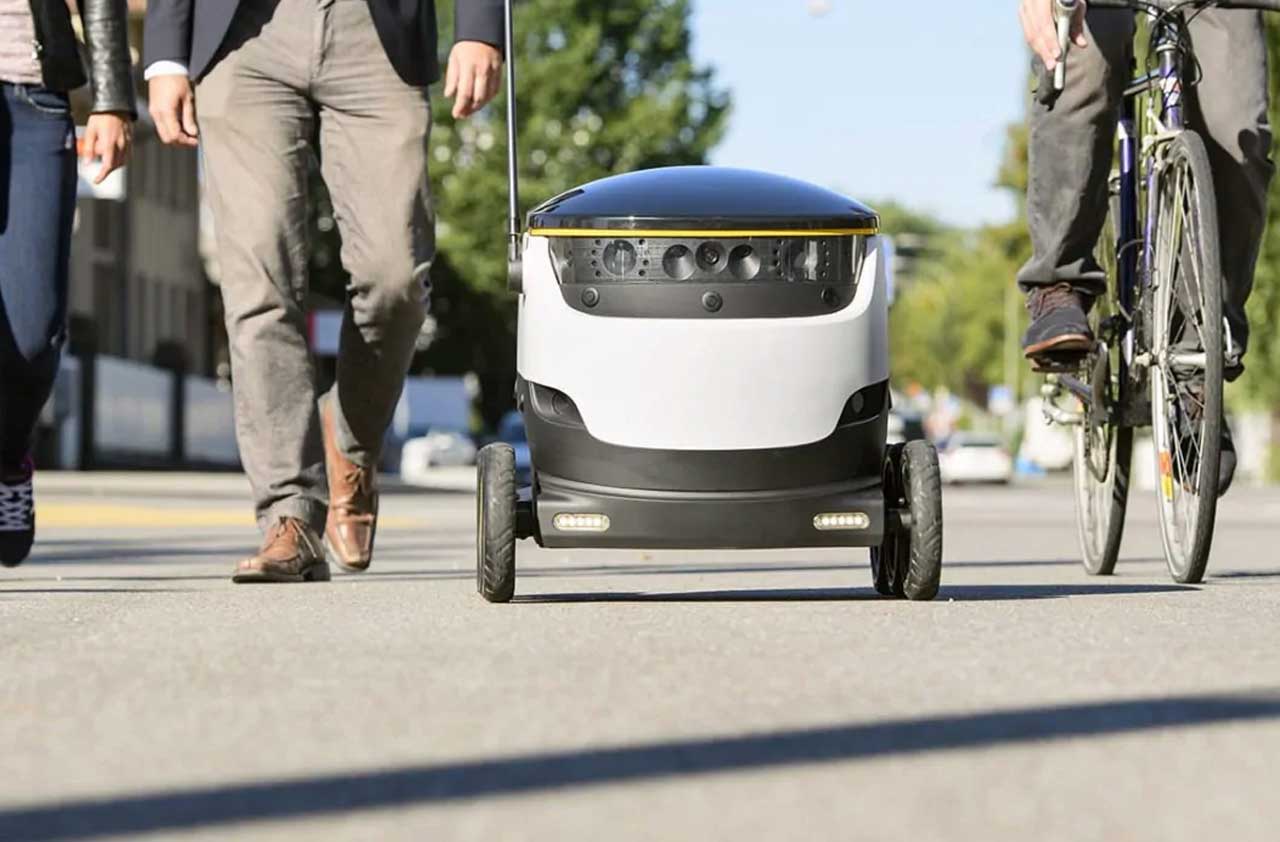
Deliverymen
If the ride-hailing services can have their robotic cars drive people around, certainly one can bring you a pizza. However, using a 3,000-pound vehicle to deliver a three-pound item doesn’t make much sense, certainly not in dense urban areas where parking is at a premium. That's where smaller, sidewalk-savvy robots are set to come in. Starship, a six-wheeled cooler that can only be opened by the designated recipient (using a smartphone app), has been the recipient of substantial venture capital -- so it seems only fitting that Intuit’s campus in Silicon Valley has been one of the many places it has been tested. Starship’s founders are hoping to scale up this year. Other players in this field include e-novia YAPE (from Italy) and Marble (San Francisco).
A human's ability to easily scale stairs to deliver to a doorway will be an advantage these wheeled robots will find hard to overcome, but ultimately, the economics are in the robot's favor. And they don't take tips.
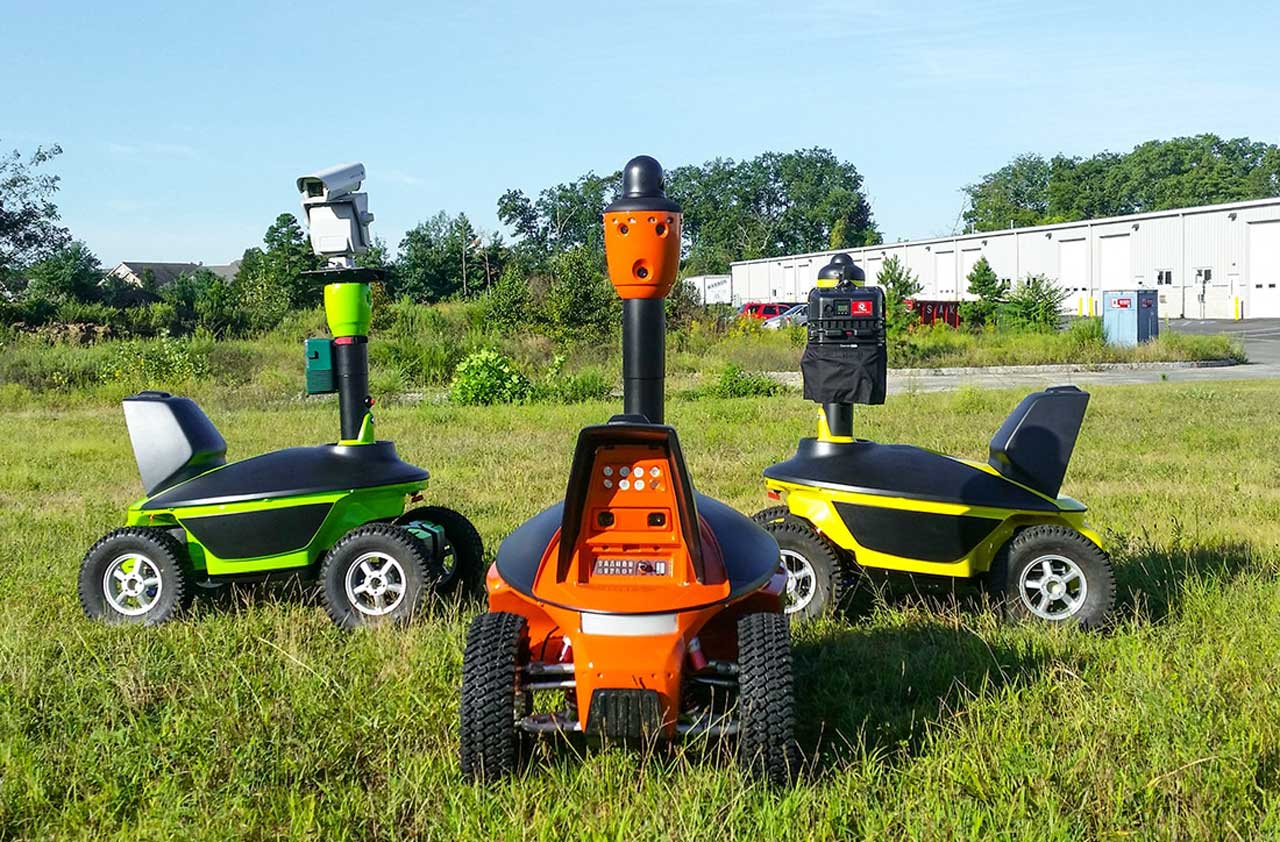
Security Guard
Better, cheaper cameras that can operate in low light are already nibbling at the role of the roaming security guard checking locks (as are locks that can electronically confirm that they're secure).
Now put those cameras on a moving platform that never takes a smoke break, and you can see the threat to this career. Robots from SMP Robotics are already cruising around properties with cameras and motion sensors, and the firm even offers a version with solar panels, like the Mars rover, that allow extended service in remote areas, such as golf courses, parks and farms. Another entry in the field, Knightscope, earned a bit of undesired publicity when one of its K5 units rolled itself into a Washington, D.C., fountain last year, but the firm is pressing on with its "autonomous data machines" -- and the monitoring system that sits behind them.
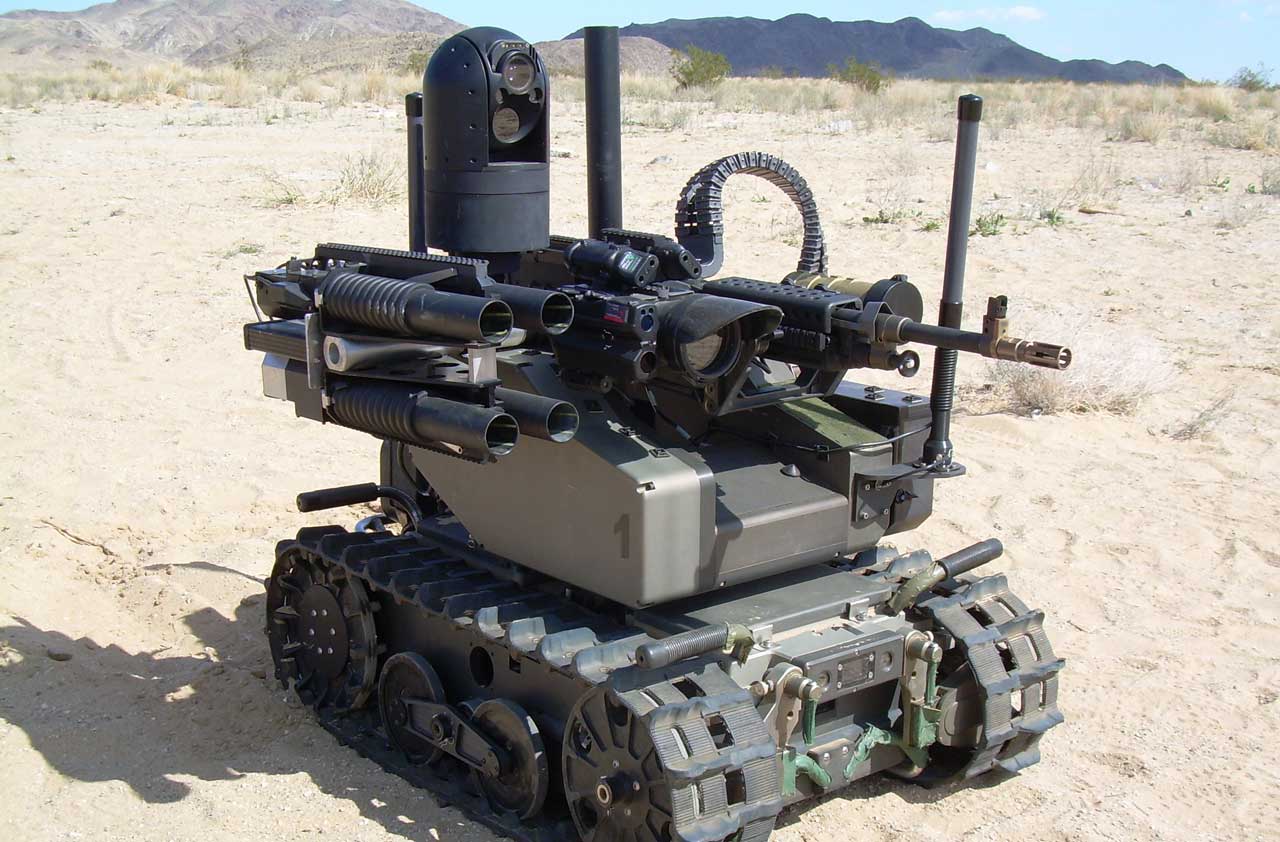
Front-Line Soldiers
In this case, we're not forecasting the end of a job. More like the end of a role, that is, "taking point" -- moving on foot as the lead element in a fighting force most exposed to enemy fire. The infantry will still be out in the field, but thanks to robots, they'll be able to stay out of danger longer.
In concept, these robots are much like the security guards -- except that they can deliver deadly force. The first iterations (one is already deployed by the Israeli Army) are vehicle-based, with the potential to roam autonomously. A human is in the loop if force is used, though.
In the future, look for more-humanoid robots that can move in tandem with dismounted infantry and head out front to have a look around. Who'll do the shooting? Big question.
Profit and prosper with the best of Kiplinger's advice on investing, taxes, retirement, personal finance and much more. Delivered daily. Enter your email in the box and click Sign Me Up.

In his former role as Senior Online Editor, David edited and wrote a wide range of content for Kiplinger.com. With more than 20 years of experience with Kiplinger, David worked on numerous Kiplinger publications, including The Kiplinger Letter and Kiplinger’s Personal Finance magazine. He co-hosted Your Money's Worth, Kiplinger's podcast and helped develop the Economic Forecasts feature.
-
 Is Your Emergency Fund Running Low? Here's How to Bulk It Up
Is Your Emergency Fund Running Low? Here's How to Bulk It UpIf you're struggling right now, you're not alone. Here's how you can identify financial issues, implement a budget and prioritize rebuilding your emergency fund.
-
 Guide to How All-Assets Planning Offers a Better Retirement
Guide to How All-Assets Planning Offers a Better RetirementAn "all-asset" strategy would integrate housing wealth and annuities with traditional investments to generate more income and liquid savings for retirees.
-
 Forget FIRE: Why ‘FILE’ Is the Smarter Move for Child-Free DINKs
Forget FIRE: Why ‘FILE’ Is the Smarter Move for Child-Free DINKsHow shifting from "Retiring Early" to "Living Early" allows child-free adults to enjoy their wealth while they’re still young enough to use it.
-
 When Tech is Too Much
When Tech is Too MuchOur Kiplinger Retirement Report editor, David Crook, sounds off on the everyday annoyances of technology.
-
 I Let AI Read Privacy Policies for Me. Here's What I Learned
I Let AI Read Privacy Policies for Me. Here's What I LearnedA reporter uses AI to review privacy policies, in an effort to better protect herself from fraud and scams.
-
 What Is AI? Artificial Intelligence 101
What Is AI? Artificial Intelligence 101Artificial intelligence has sparked huge excitement among investors and businesses, but what exactly does the term mean?
-
 What to Do With Your Tax Refund: 6 Ways to Bring Growth
What to Do With Your Tax Refund: 6 Ways to Bring GrowthUse your 2024 tax refund to boost short-term or long-term financial goals by putting it in one of these six places.
-
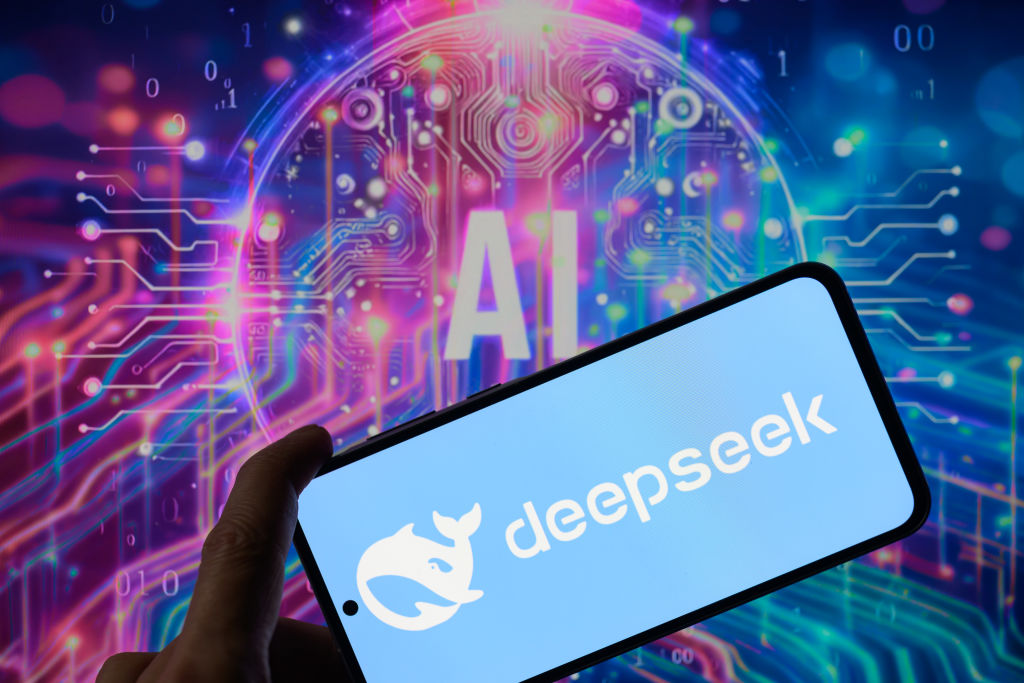 The Explosion of New AI Tools
The Explosion of New AI ToolsThe Kiplinger Letter Workers and consumers soon won’t be able to escape generative AI. Does that mean societal disruption and productivity gains are right around the corner?
-
 What Does Medicare Not Cover? Eight Things You Should Know
What Does Medicare Not Cover? Eight Things You Should KnowMedicare Part A and Part B leave gaps in your healthcare coverage. But Medicare Advantage has problems, too.
-
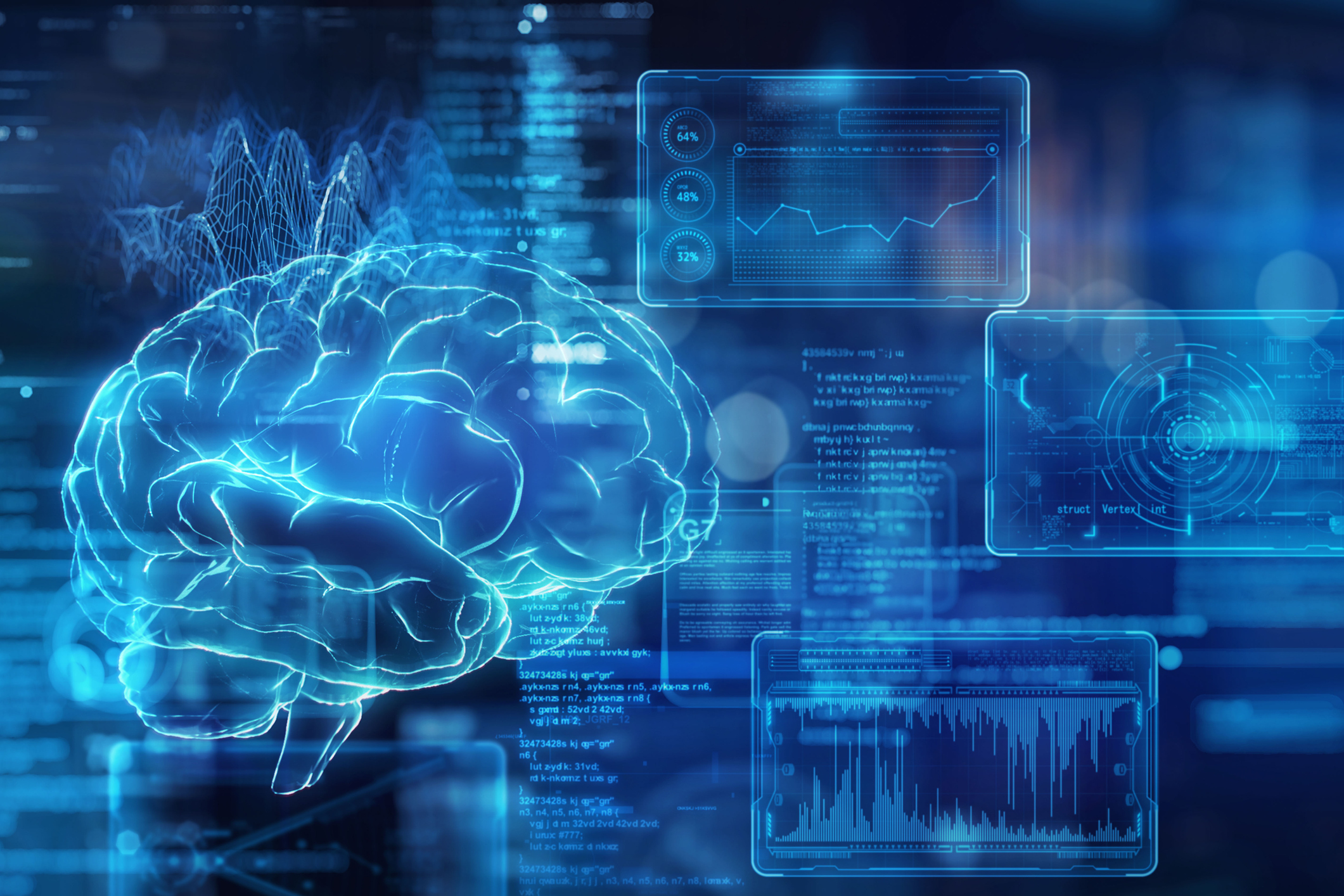 How AI Will Impact Our Lives in 2025 and Beyond
How AI Will Impact Our Lives in 2025 and BeyondThe Kiplinger Letter A look into AI's impact on lives in the current year and future.
-
 15 Reasons You'll Regret an RV in Retirement
15 Reasons You'll Regret an RV in RetirementMaking Your Money Last Here's why you might regret an RV in retirement. RV-savvy retirees talk about the downsides of spending retirement in a motorhome, travel trailer, fifth wheel, or other recreational vehicle.
